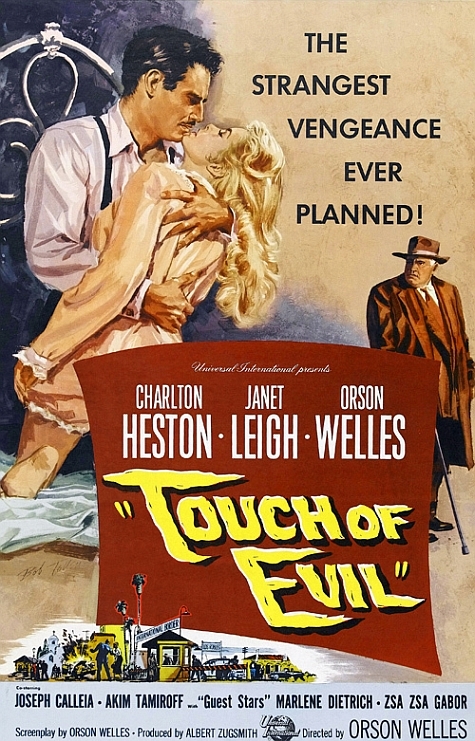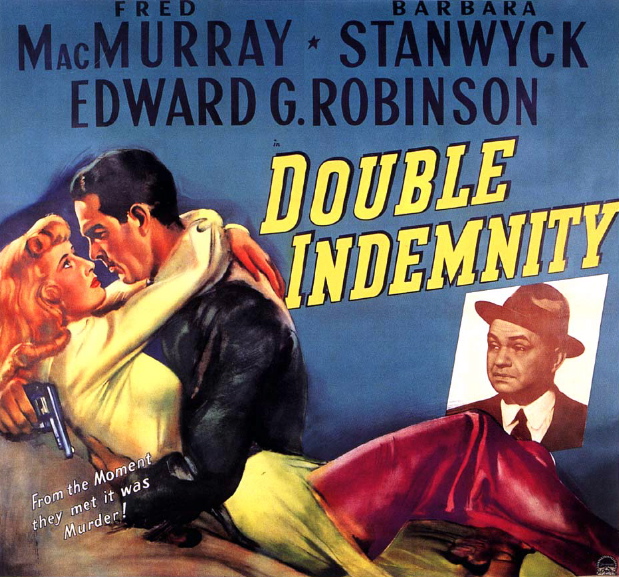
Someone once remarked that there's no such thing as a bad film noir. It's a strange propostion and the strangest thing about it is that it's pretty much true.
I've just watched over 30 films noirs
and none of them was anything less than a wondrously entertaining
B-picture. There are some clunkers that are labelled films noirs but really aren't — like Otto Preminger's Whirlpool,
for example, which is in fact a Hitchcockian suspense thriller made by
a man who had no clue as to how Hitchcock created suspense . . . but even among the faux noirs, films that are noirish only in visual style, for example, most have dialogue and images that are thrilling.
I'm not sure how to explain this consistency of quality except by suggesting that noir
represented such a release from the thematic and stylistic conventions
of the traditional studio product that filmmakers responded with an
outburst of pent-up creativity and daring. They must have known
that they were inventing a new kind of film, even if it didn't have a
name yet, and the fact that there were no set rules for this kind of
film made it hard for the studios to wrestle it into a set
formula. Films noirs
were relatively cheap to make, and people couldn't seem to get enough
of them, so the studios stepped back and let the experimentation
continue — for almost 20 years.
The first film that displayed the characteristic visual style of the noir was a fairly routine murder mystery called I Wake Up Screaming (above) from 1941. Double Indemnity, from 1944, gave us protagonists who were morally currupt to the core. Neither was, to my way of thinking, a genuine film noir, but Double Indemnity
was a radical indication that a change was on its way — that audiences
could accept a darker view of the world than the Hollywood studios had ever been
willing to embrace.

As early as 1945, in Edgar G. Ulmer's no-budget thriller Detour,
the combination of an exaggerated, expressionistic visual style and a
sense of the world as morally unhinged at its core produced a template
for the classic film noir, a vehicle for the subterranean mood of existential dread that gripped America in the wake of WWII.
None of the movies made about the war itself ever expressed as
eloquently its psychic cost to a generation of Americans as did the
movies we now call film noirs.
They crackle with the excitement of artists suddenly allowed to deal
with truths that couldn't be addressed in the official view of
things. Corporate entertainment tends to gravitate towards the
official view of things but there are times when the official view of
things diverges so radically from the actual mood of the audience that
accommmodations have to be made. Film noir was one of the most radical of those accommodations.
